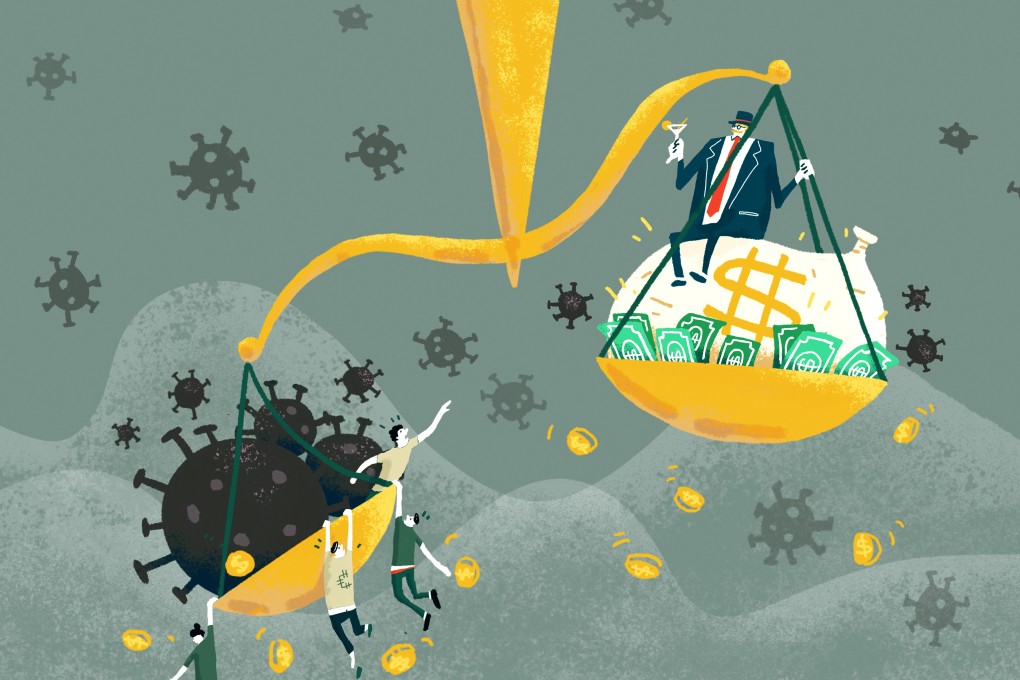Coronavirus: China’s income inequality could expand in 2020 as outbreak rattles world’s No 2 economy
- Income inequality in China could expand in 2020 as the impact of the coronavirus outbreak ripples through the economy
- Poor Chinese are likely to be disproportionately hit, both in terms of lost earnings and their ability to withstand risk, a new survey shows

For years, China has been trying to reduce the gap between rich and poor, but those efforts could be undermined by the coronavirus outbreak that has shaken the world’s second largest economy.
About a third of Chinese households earning annual incomes of between 10,000 yuan (US$1,426) and 30,000 yuan expect their earnings to drop significantly this year, compared to 11 per cent of high-income households taking home more than 200,000 yuan (US$28,500) per year, according to a February survey conducted by Gan Li, professor of economics at Texas A&M University.
Only 13 per cent of affluent households – or those earning above 1.3 million yuan (US$185,000) per year – believed that the coronavirus would hit their incomes severely, half that of lower-income households earning below 423,000 yuan (US$60,000), said the survey, which tracked wealth across 2,000 households from different income levels.
